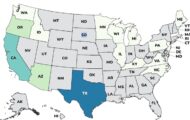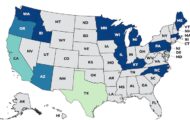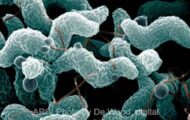The FDA has issued final guidance for the levels of inorganic arsenic in apple juice to the action level of 10 parts per billion. This guidance is for industry to help protect public health, but it does not establish legally enforceable responsibilities.

Inorganic arsenic is the most harmful form of this toxic heavy metal. Arsenic occurs in the environment, both naturally and as a result of arsenic-containing pesticides that were used on food crops. Pollution from coal-fired power plants, mining, and fracking also deposit the heavy metal in soils and in water.
Acute symptoms of arsenic poisoning include vomiting, diarrhea, and abdominal pain, followed by numbness and tingling of the extremities. Long term complications of arsenic poisoning include cancer, liver disease, diabetes, nervous system complications, and digestive difficulties.
Apple juice is one source of exposure to inorganic arsenic. And it is a problematic source of arsenic exposure for children, since they consume more apple juice relative to their body weight than adults, and because children’s dietary patterns are usually less varied than adults.
During routine surveillance for total arsenic in apple juice, results have routinely been below 10 ppb. In 2011, more than 95% of total arsenic levels in a set of 94 apple juice samples were below 10 ppb. The four samples with levels above 10 ppb had inorganic arsenic levels below 10 ppb. But the agency does “occasionally” find apple juice samples with inorganic arsenic levels above 10 ppb during surveillance.
The FDA has set the action level of 10 parts per billion and has decided this level is achievable by industry within the use of current good manufacturing practices. This action level will be considered as the confidence in a measured analytical value when deciding whether to bring enforcement action within cases.
Guidelines describe the government’s current thinking on a topic. The use of the word “should” in FDA guidance means something is suggested or recommended, but not required.




